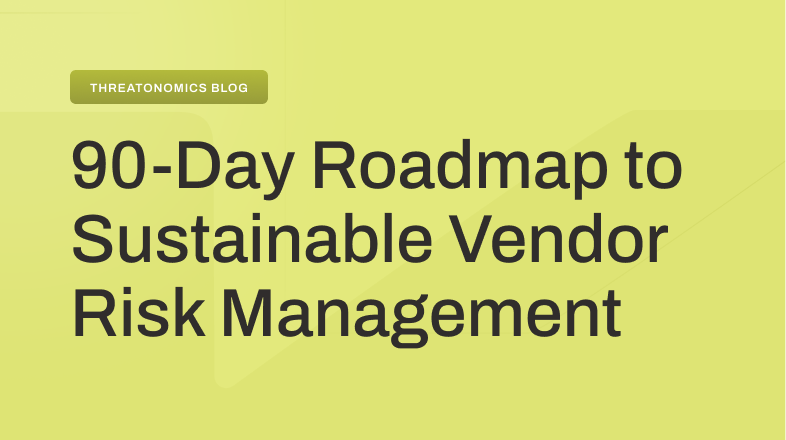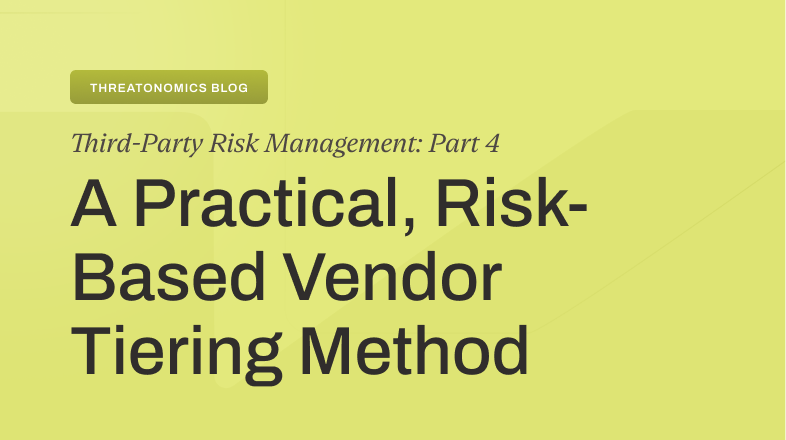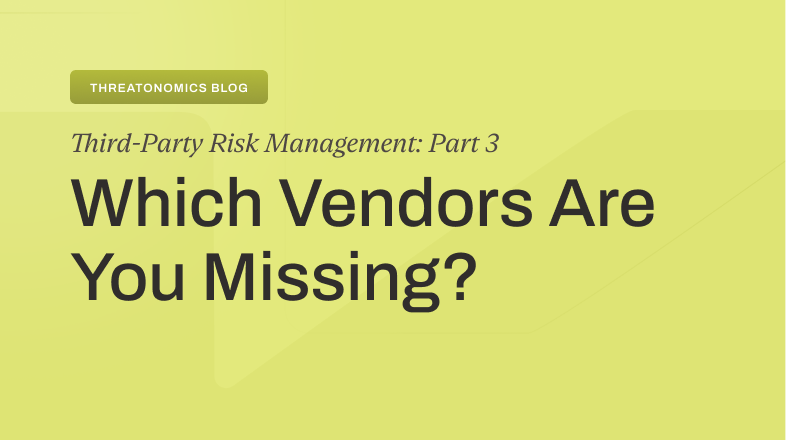Navigating the complexities of cybersecurity requires a strategic approach to mitigate risks and safeguard IT systems. Central to this approach is vulnerability management, a systematic process that identifies, assesses, and prioritizes vulnerabilities within organizations’ infrastructure. Understanding what vulnerability management entails and how it contributes to preemptive cyber defense is critical.
According to a recent report by Ponemon Institute, the average total cost of a data breach in 2022 was $4.35 million, highlighting the significant financial implications of unaddressed vulnerabilities. Vulnerability management emphasizes preemptive action, focusing on detecting and addressing IT security vulnerabilities to prevent cyber threats from exploiting them.
What Is Vulnerability Management?
Vulnerability management is a critical process that helps organizations address security gaps within their IT systems. Businesses can proactively strengthen their defenses against cyber threats by identifying, assessing, and prioritizing vulnerabilities. The importance of vulnerability management must be recognized in cybersecurity. Ensuring a robust vulnerability management program is vital for organizations to reduce their exposure to security risks, protect critical assets, and maintain the resilience of their IT systems.
The Vulnerability Management Process
The vulnerability management process is a cyclical and continuous set of activities to identify, evaluate, treat, and report security vulnerabilities across an organization’s IT infrastructure. Vulnerability management involves distinct stages that organizations must follow to secure their systems effectively:
Identification: Uncovering Hidden Risks
The initial step in vulnerability management is a thorough asset discovery process to identify and maintain an up-to-date inventory of all IT assets within the organization’s environment, including hardware and software. This critical phase involves conducting comprehensive vulnerability assessments through scanning, penetration testing, and leveraging emerging threat intelligence to unveil any existing security vulnerabilities and potential attack vectors.
Assessment: Gauging the Severity
Once vulnerabilities are unearthed, the next crucial task involves assessing these identified security flaws’ severity and potential impact. Cybersecurity professionals evaluate various factors, such as the EPSS (Exploit Prediction Scoring System), which measures the exploitability of vulnerabilities, and the CVSS (Common Vulnerability Scoring System) scores that quantify the potential damage they could cause if exploited.
Prioritization: Establishing Defense Strategies
Organizations must prioritize their remediation efforts effectively after evaluating the severity of vulnerabilities. By determining which vulnerabilities pose the highest risk based on criticality, likelihood of exploitation, and potential impact on business operations, businesses can allocate resources efficiently to strengthen their defenses where they are most vulnerable.
The vulnerability management lifecycle is an ongoing process that enables organizations to continuously discover, prioritize, and address security weaknesses before threats can be exploited. Effective programs leverage automation, risk context, and defined processes to reduce the attack surface efficiently.
Components of Successful Vulnerability Management
A successful vulnerability management program comprises essential components, such as vulnerability scanning tools, patch management processes, collaboration with IT teams, and a structured remediation strategy. By combining these elements, organizations can enhance their security posture and respond proactively to emerging threats.
While implementing vulnerability management poses challenges, organizations can overcome them by adopting best practices. Addressing common obstacles effectively can streamline vulnerability management and enhance overall cybersecurity resilience.
To maximize the effectiveness of vulnerability management, organizations must align it with their cybersecurity strategy and overarching business objectives. By integrating vulnerability management into the broader business context, organizations can prioritize vulnerabilities to support their core goals and objectives.
Future Trends and Advancements in Vulnerability Management
Adapting to evolving threats and technologies is crucial for the effectiveness of vulnerability management. Exploring future trends and innovative techniques in vulnerability management ensures that organizations remain prepared to tackle emerging cyber threats and vulnerabilities.
Increased Investment in Vulnerability Teams
There will be a surge in investment in dedicated vulnerability management teams as organizations grapple with a rapidly increasing number of connected assets, CVEs, and longer time-to-remediation cycles. Over 70% of IT professionals plan to invest more in vulnerability prioritization and remediation tools.
Shift Towards Understanding Exploitability
Rather than just chasing CVE scores, organizations will focus more on understanding the exploitability context of vulnerabilities based on factors like asset characteristics, active threats, and business criticality. This risk-based approach moves beyond just CVSS scores.
Unifying Data for Intelligent Automation
Companies will race to unify their disparate data sources to build a foundation for intelligent automation, automated orchestration, and data-driven decision-making for vulnerability remediation. Achieving accurate data-driven intelligence remains a challenge with fragmented information.
Bridging IT and OT for Critical Infrastructure
There will be efforts to integrate IT and operational technology (OT) security solutions to improve vulnerability management for critical infrastructure sectors like manufacturing, oil/gas, and utilities. Bridging this IT-OT divide is crucial.
Collaborative Threat Intelligence Sharing
Information sharing between organizations about potential cyber threats will become more widespread to strengthen collective defenses through collaborative threat intelligence.
Mobile Security Emphasis
With increasing mobile device usage, mobile applications, devices, and network security will gain more focus in vulnerability management programs.
AI/ML Enablement
AI and machine learning will be leveraged more for tasks like data analysis, vulnerability prioritization, and predicting future vulnerabilities to enhance efficiency.
Continuous Vulnerability Assessment
Organizations will shift from periodic scans to continuous real-time monitoring and assessment to rapidly detect and address new emerging vulnerabilities. The overall trends point towards more intelligent, risk-focused, and automated approaches to vulnerability management as the attack surface expands and new threats evolve rapidly.
Enhancing Security Vigilance with Resilience
Vulnerability management plays a pivotal role in fortifying IT systems against cyber threats. By emphasizing the significance of enhanced security vigilance and continuous improvement in vulnerability management practices, organizations can improve their cyber resilience and protect their digital assets. Staying updated on evolving cybersecurity threats is crucial for organizations. Proactively managing vulnerabilities is essential to protect IT systems and data integrity in an increasingly insecure digital environment.
By staying informed and taking proactive measures, organizations can safeguard their IT systems and data integrity in the face of ongoing and emerging cybersecurity challenges. As a trusted partner in vulnerability management, Resilience empowers organizations to strengthen their cyber defenses and protect their digital assets effectively. By embracing vulnerability management as a core component of your cybersecurity strategy, businesses can enhance Cyber Resilience against evolving cyber threats. Request your free demo today.








